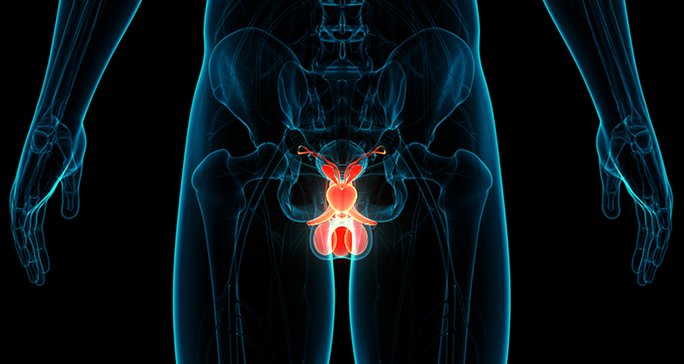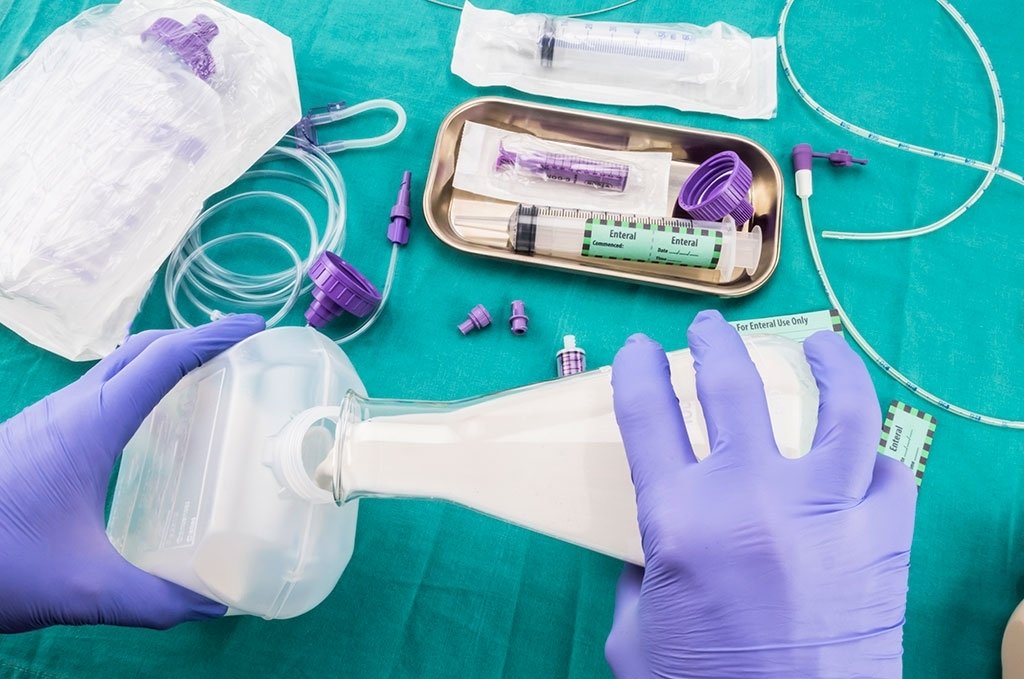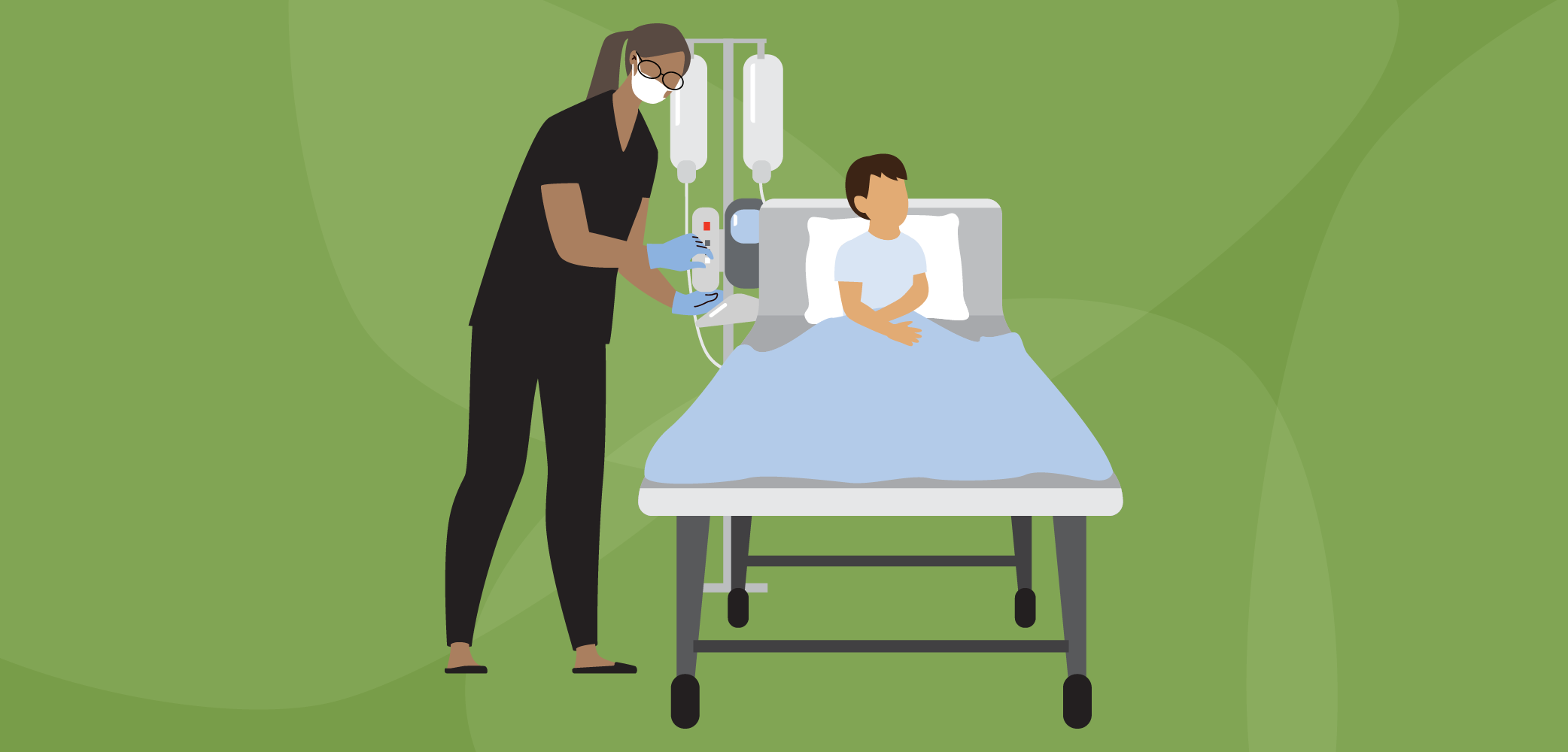- Diseases
- Acoustic Neuroma (14)
- Adrenal Gland Tumor (24)
- Anal Cancer (68)
- Anemia (2)
- Appendix Cancer (16)
- Bile Duct Cancer (26)
- Bladder Cancer (72)
- Brain Metastases (28)
- Brain Tumor (232)
- Breast Cancer (714)
- Breast Implant-Associated Anaplastic Large Cell Lymphoma (2)
- Cancer of Unknown Primary (4)
- Carcinoid Tumor (8)
- Cervical Cancer (158)
- Colon Cancer (166)
- Colorectal Cancer (116)
- Endocrine Tumor (4)
- Esophageal Cancer (44)
- Eye Cancer (36)
- Fallopian Tube Cancer (8)
- Germ Cell Tumor (4)
- Gestational Trophoblastic Disease (2)
- Head and Neck Cancer (12)
- Kidney Cancer (128)
- Leukemia (342)
- Liver Cancer (50)
- Lung Cancer (286)
- Lymphoma (278)
- Mesothelioma (14)
- Metastasis (30)
- Multiple Myeloma (100)
- Myelodysplastic Syndrome (60)
- Myeloproliferative Neoplasm (4)
- Neuroendocrine Tumors (16)
- Oral Cancer (100)
- Ovarian Cancer (172)
- Pancreatic Cancer (160)
- Parathyroid Disease (2)
- Penile Cancer (14)
- Pituitary Tumor (6)
- Prostate Cancer (146)
- Rectal Cancer (58)
- Renal Medullary Carcinoma (6)
- Salivary Gland Cancer (14)
- Sarcoma (238)
- Skin Cancer (296)
- Skull Base Tumors (56)
- Spinal Tumor (12)
- Stomach Cancer (64)
- Testicular Cancer (28)
- Throat Cancer (92)
- Thymoma (6)
- Thyroid Cancer (96)
- Tonsil Cancer (30)
- Uterine Cancer (80)
- Vaginal Cancer (16)
- Vulvar Cancer (20)
- Cancer Topic
- Adolescent and Young Adult Cancer Issues (20)
- Advance Care Planning (10)
- Biostatistics (2)
- Blood Donation (18)
- Bone Health (8)
- COVID-19 (362)
- Cancer Recurrence (120)
- Childhood Cancer Issues (120)
- Clinical Trials (630)
- Complementary Integrative Medicine (22)
- Cytogenetics (2)
- DNA Methylation (4)
- Diagnosis (232)
- Epigenetics (6)
- Fertility (62)
- Follow-up Guidelines (2)
- Health Disparities (14)
- Hereditary Cancer Syndromes (126)
- Immunology (18)
- Li-Fraumeni Syndrome (8)
- Mental Health (116)
- Molecular Diagnostics (8)
- Pain Management (62)
- Palliative Care (8)
- Pathology (10)
- Physical Therapy (18)
- Pregnancy (18)
- Prevention (914)
- Research (392)
- Second Opinion (74)
- Sexuality (16)
- Side Effects (604)
- Sleep Disorders (10)
- Stem Cell Transplantation Cellular Therapy (216)
- Support (402)
- Survivorship (320)
- Symptoms (182)
- Treatment (1786)
What you should know about sinus cancer and nose cancer
BY MD Anderson
4 minute read | Published October 08, 2015
Medically Reviewed | Last reviewed by an MD Anderson Cancer Center medical professional on October 08, 2015
Cancers of the nose and sinuses account for less than 1% of all tumors, but the nose and sinus give rise to a greater variety of tumors than any other site in the body. In fact, there are hundreds of types of tumors that can arise in the nose and sinuses. The most common are:
- squamous cell carcinoma
- adenoid cystic carcinoma
- adenocarcinoma
- esthesioneuroblastoma and sinonasal undifferentiated carcinoma (SNUC)
Other nose and sinus cancers include neuroendocrine carcinoma, mucoepidermoid carcinoma, melanoma and all types of sarcomas.
To learn more about nose cancer and sinus cancer, we spoke with Shirley Su, M.D., assistant professor in Head and Neck Surgery. Here's what she had to say.
What are common symptoms or nose cancer and sinus cancer?
New onset of blocked nose, frequent nose bleeds, loss of sense of smell, change in vision or double vision, swelling of the face or eye, headaches and numbness of the face.
These tumors also may not present symptoms and may be found during sinus surgery or on CT scans for an unrelated complaint.
How are these cancers typically diagnosed?
Diagnosis requires a biopsy and having the specimen examined by a pathologist. Having an experienced pathologist look at the biopsy is critical. There are so many different types of tumors in this region, and treatment can be completely different for two tumors that look very similar under the microscope.
In fact, up to 30% of patients who come to MD Anderson for a second opinion have a change in diagnosis after we review the biopsy, so you can see how difficult it is to come to a correct diagnosis.
What are the treatment options for cancers of the nose and sinuses?
Treatment usually involves surgery, radiation and chemotherapy. However, successful treatment requires tailoring the approach for the patient and specific disease. For example, for an esthesioneuroblastoma, surgery is the primary treatment, whereas for a neuroendocrine tumor (which can look very similar to an esthesioneuroblastoma), chemotherapy and radiation therapy play a much larger role, with surgery reserved for any remaining tumor.
Why are nose and sinus cancers typically hard to treat?
Coming to the correct diagnosis is the first hurdle.
Second, tumors in the nose and sinus are located close to structures such as the eye, the brain, major nerves and arteries. So treatment needs to target the tumor and still preserve function.
Third, these tumors are very rare, so there's a lot of research that still needs to be done.
Which patients are typically eligible for minimally invasive surgery?
If you think of the head as a football, these tumors are right in the center of that ball, and getting to them can be quite challenging. Minimally invasive surgery is performed through the nose with cameras that magnify and avoid the need, in most cases, of making facial cuts. This is ideal for tumors in the midline, such as cancers of the nose and sinuses. Over the past decade, this technology has evolved to being able to treat more advanced tumors.
However, minimally invasive surgery is not right for everyone. Tumors that involve the skin or have very extensive involvement still need more traditional surgery in addition to minimally invasive surgery.
What new research is being done in regard to cancers of the nose and sinuses?
Lots! We are expanding the use of minimally invasive surgery for the treatment of these tumors. On the radiation front, image modulated proton therapy (IMPT) gives us a new treatment option and combines the benefits of proton therapy with added precision.
Another clinical trial is looking at the use of chemotherapy upfront for tumors of the nose and sinuses.
What side effects or quality of life issues do sinus cancer and nose cancer patients typically experience?
In general, most people tolerate treatment well. However, since the brain, eyes, nose and throat are nearby and can be involved by tumor or affected by treatment, patients may experience dry eye, loss of sense of smell, trouble swallowing and much more severe symptoms.
As treatment options get better and more of our patients are being cured, now is the time to really focus on quality of life issues. We have made some strides in this area over the past decade with the introduction of minimally invasive surgery and advances in radiation therapy and chemotherapy. At MD Anderson, we are developing tools to identify and measure quality of life before, during and after treatment so we can better understand our patients' needs.
What's your advice for patients who've just been diagnosed with cancers of the nose and sinuses?
Although we've come a long way, this is still an aggressive disease with little margin for error. Given how rare these tumors are, it's really important to find an experienced team to treat this condition. I emphasize the team because every component is equally important to the overall success of your treatment.

Given how rare these tumors are, it's important to find an experienced team.
Shirley Su, M.D.
Physician





